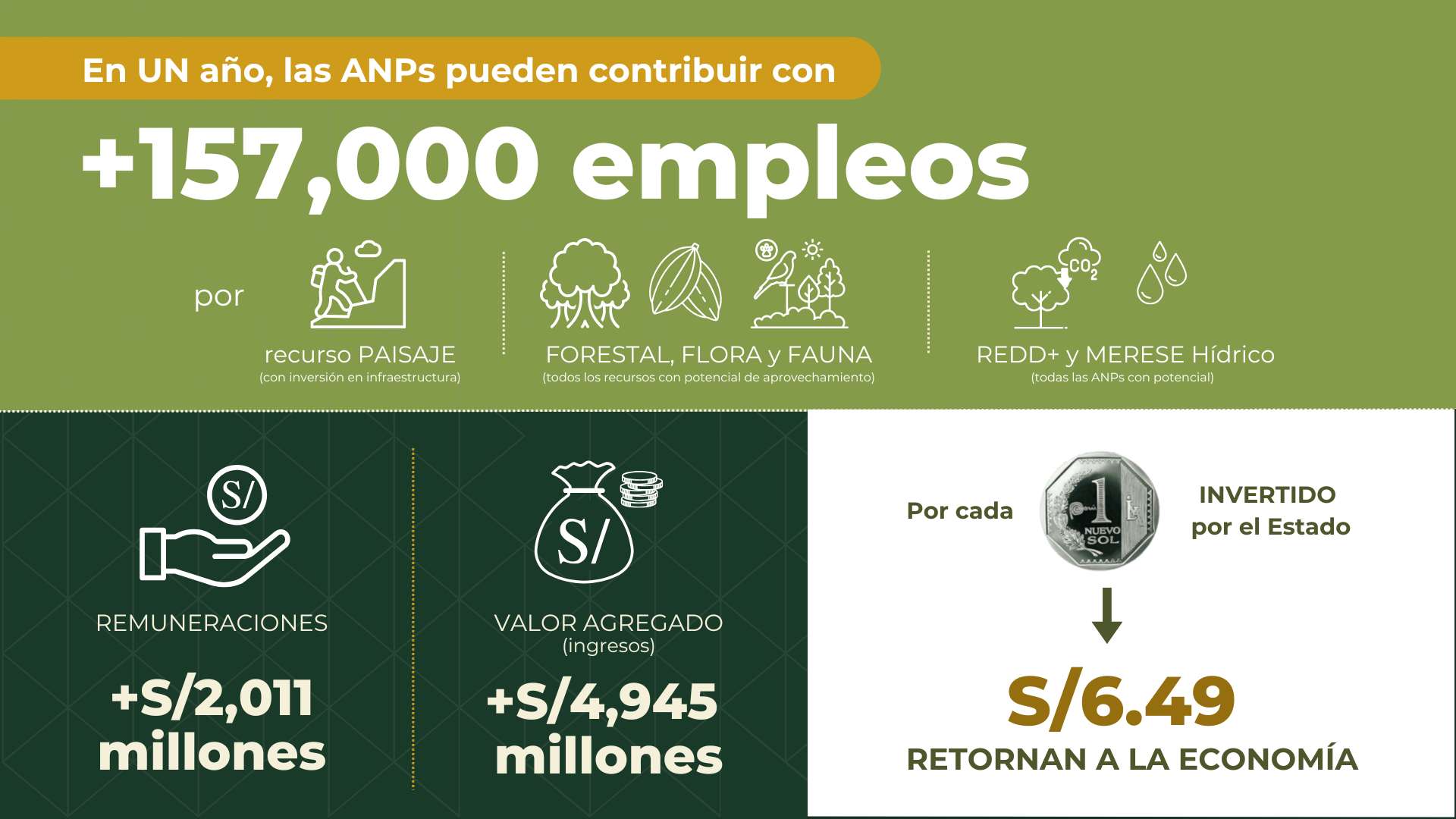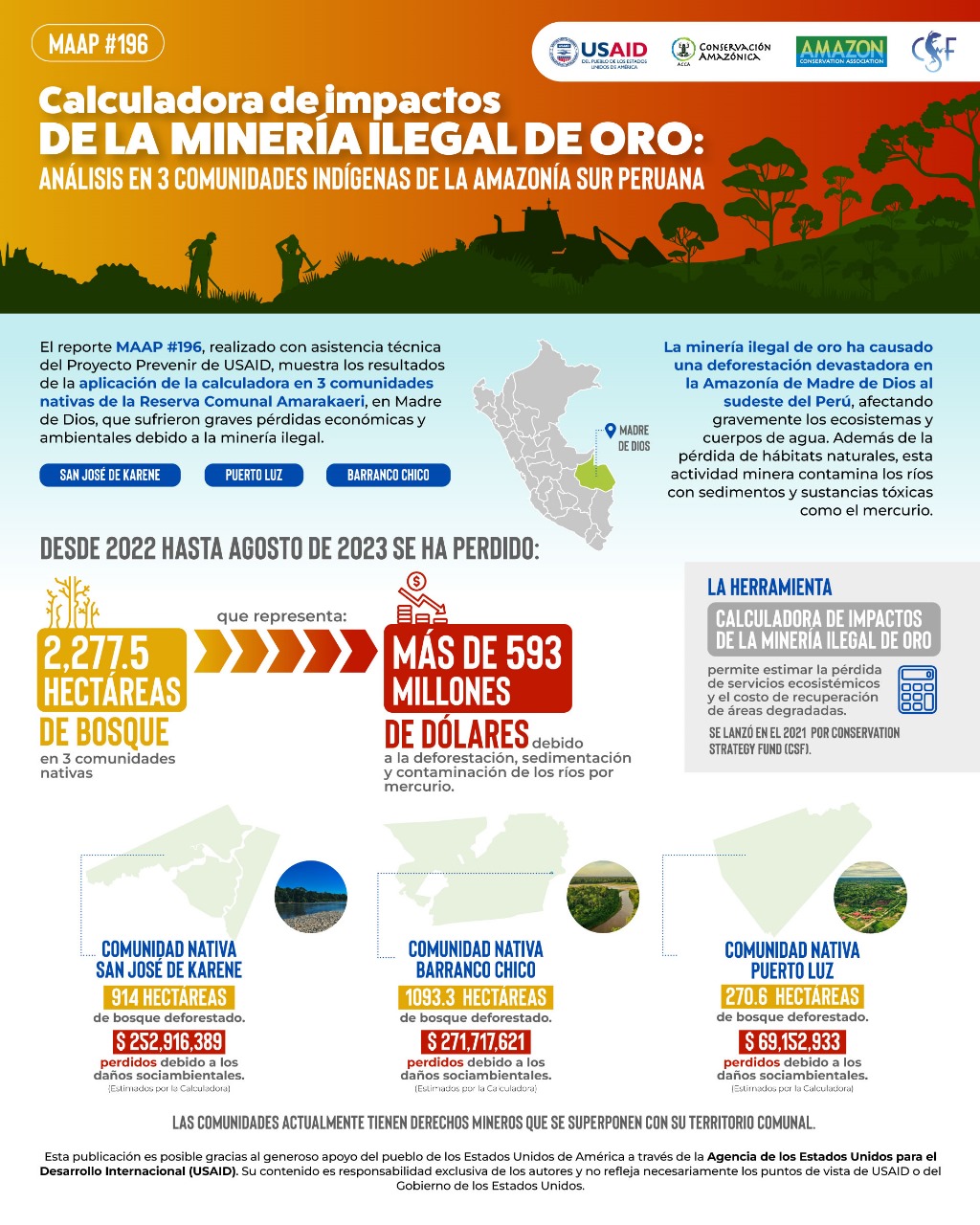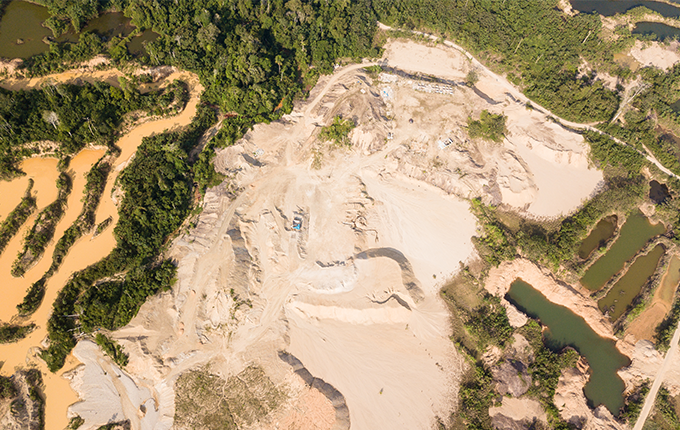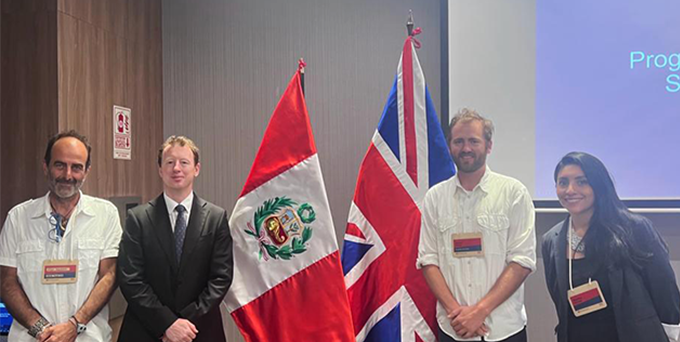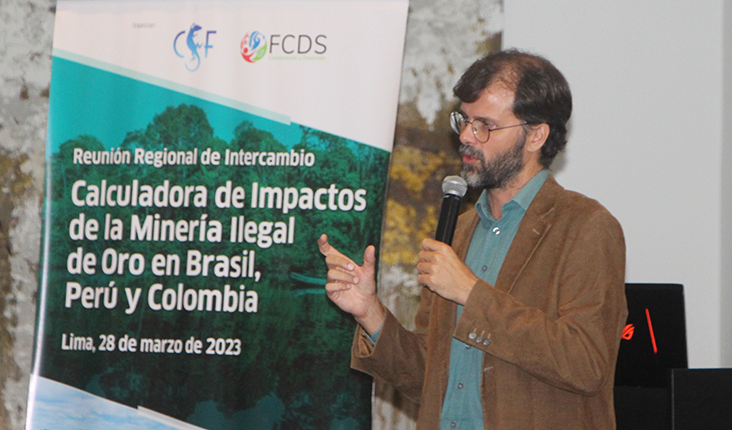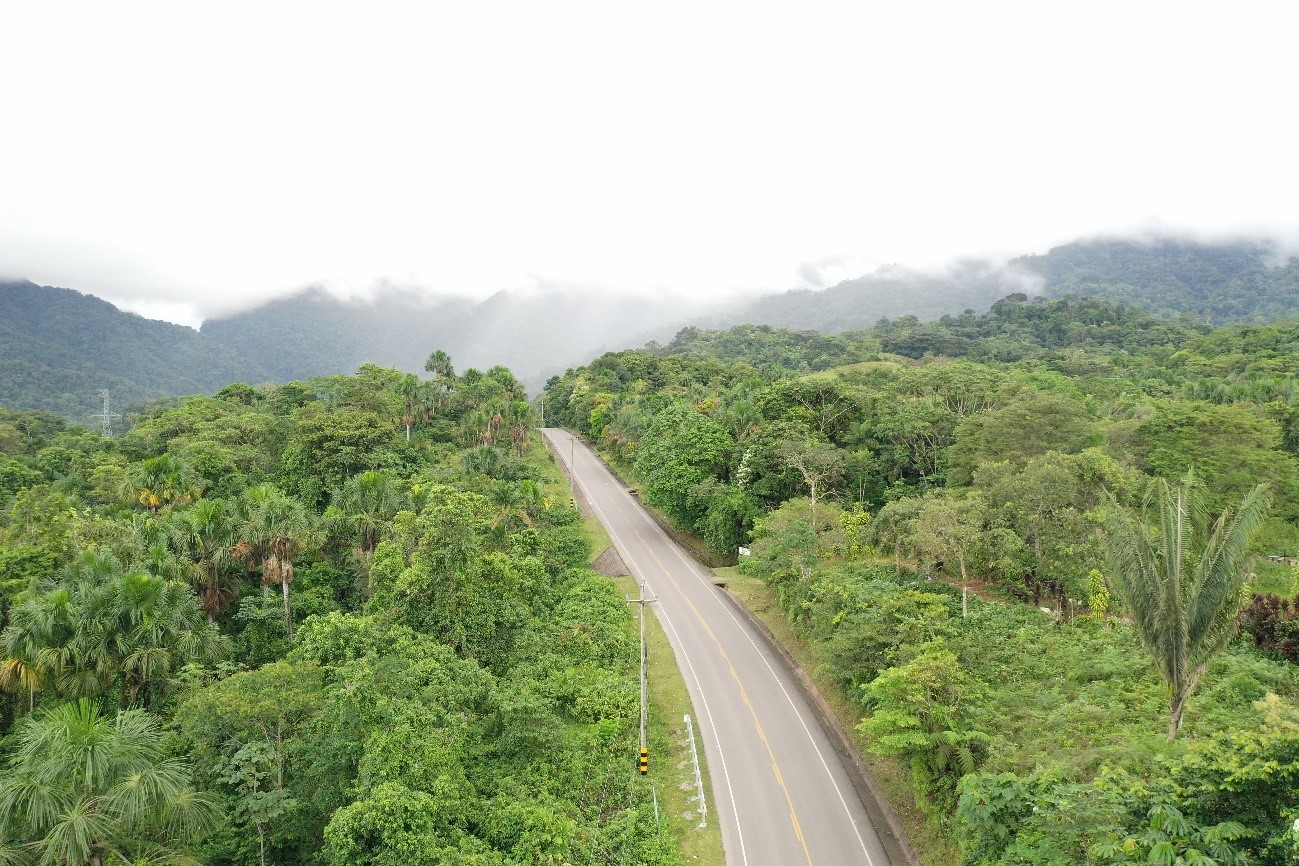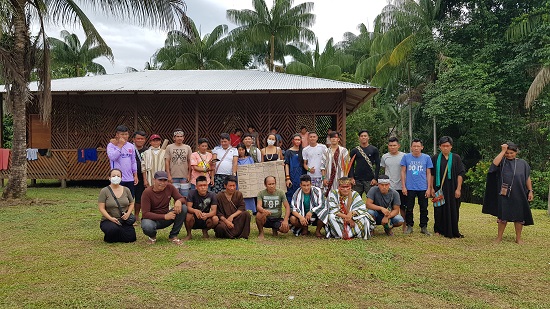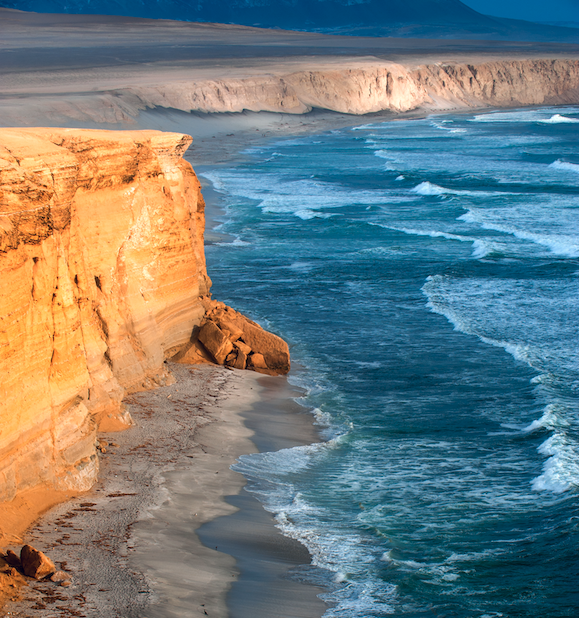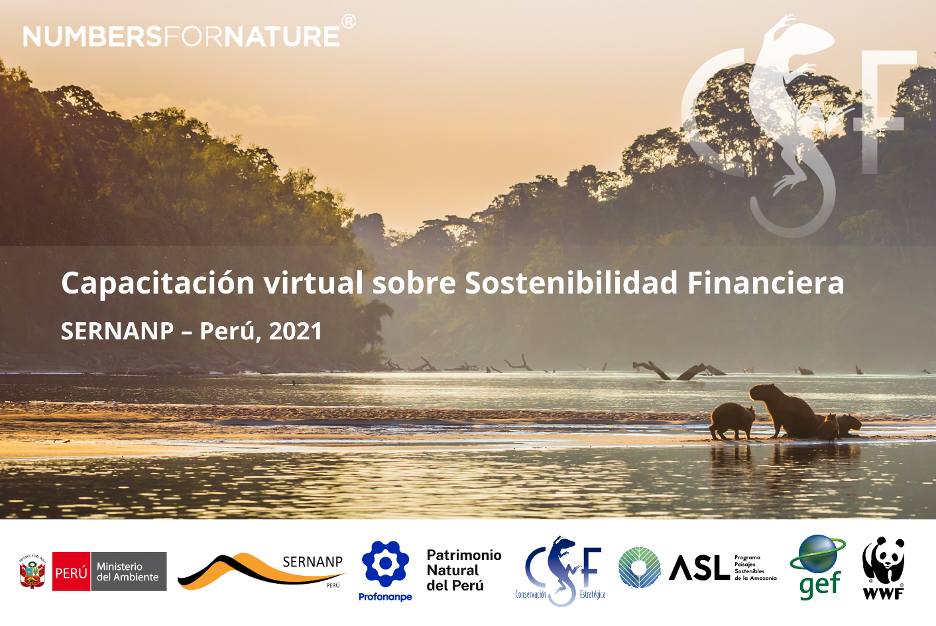News
The natural protected areas (NPAs) are home to much of Peru's megadiversity. Ensuring their sustainability and efficient management is not only essential for the conservation of the country's flora and fauna but also represents a key opportunity for economic development and the well-being of local communities. The Conservation Strategy Fund (CSF) study reinforces this idea, highlighting the potential positive impact of NPAs on the Peruvian economy. Its findings indicate that investment in these strategic spaces, in addition to conserving natural heritage, also generates employment and economic growth.
CSF Peru visited the facilities of the National Forest and Wildlife Service (SERFOR) to discuss the potential of building a common agenda where CSF's experience contributes with information that values the forest and wildlife heritage, estimates the cost of the loss of ecosystem services and its socio-environmental impact on the country. The meeting was attended by the Executive Director of SERFOR, Erasmo Otárola, officials of the entity and Augusto Mulanovich Diez-Canseco, director of CSF Peru.
This report shows the results of the application of the CFS's Mining Impacts Calculator in recent (2022 and 2023) illegal mining areas within 3 native communities, all located in the buffer zone of the Amarakaeri Communal Reserve in southern Peru. This is an effort to show from a comprehensive perspective (economic and environmental) the implications of deforestation due to illegal mining in the Peruvian Amazon.
Análisis estimó el impacto económico de la minería ilegal de oro en áreas fronterizas entre Brasil y Colombia. Según estudio, se estima que entre 2020 y 2022, el impacto económico de la presencia de la minería ilegal en áreas de triple frontera de Perú, Colombia y Brasil sería entre 20 a 62 millones de USD.
Between January and May 2023, the Conservation Strategy Fund (CSF) -in consortium with Kara Solar and the Binational Development Plan of the Peru-Ecuador border region- participated in the second phase of the Climate Finance Accelerator (CFA) to promote the fluvial transport powered by solar energy in the Peruvian Amazon. Seeking to replicate in the country the initiative developed by Kara Solar in Ecuador for solar boats, our project was one of the eight projects selected to receive advice and financial tools to strengthen this low-carbon innovation and attract financing.
El pasado 28 de marzo de 2023 se realizó la "Reunión Regional de Intercambio: Calculadora de Impactos de la Minería Ilegal de Oro en Brasil, Perú y Colombia”, un espacio para compartir las lecciones aprendidas en el uso y adaptación de la herramienta web que genera en tiempo real la estimación del impacto en términos económicos que causa la minería ilegal en los bosques, ríos y en la salud de las personas. El evento congregó a funcionarios públicos de Perú, Colombia y Brasil interesados en identificar sinergias para hacer frente a esta problemática.
[Spanish & English]
Our partner, the Group for Development Analysis (GRADE) recently presented on a joint publication entitled "Connectivity in the Peruvian Amazon: Analysis of a Road Portfolio and Case Study Boca Manu - Boca Colorado'' during the Foro Internacional Interconectando Bienestar en la Amazonía. This international forum for the well-being of the amazon was organized by the Observatory for Sustainable Road Infrastructure in the Amazonian Andes, of which Conservation Strategy Fund (CSF), GRADE, and the Frankfurt Zoological Society (FZS Peru).
Around 17 percent of the Amazon Rainforest has been destroyed in the last 50 years due to deforestation, jeopardizing important global ecosystem services and threatening indigenous treaties and claims to land.
In 2018, Conservation Strategy Fund (CSF) and our partner Oceana conducted a cost-benefit analysis (CBA) to assess the creation of the proposed Nazca Ridge Marine Protected Area (MPA) located off the coast of central Peru. Our analysis estimated the benefits from the creation of a proposed MPA 100 kilometers offshore and found that the benefits to conserving the marine ecosystem far outweighed the costs of management.
El martes 23 de febrero iniciamos, junto al Servicio Nacional de Áreas Naturales Protegidas de Perú – Sernanp, el Curso de Sostenibilidad Financiera. El objetivo de este curso es construir capacidades institucionales para el financiamiento de la gestión de las Áreas Naturales Protegidas – ANP. Busca además fortalecer la adquisición de conocimientos y conceptos claros en sostenibilidad financiera y mejorar el uso de las herramientas económicas y de comunicación básicas para la planificación estratégica financiera.

